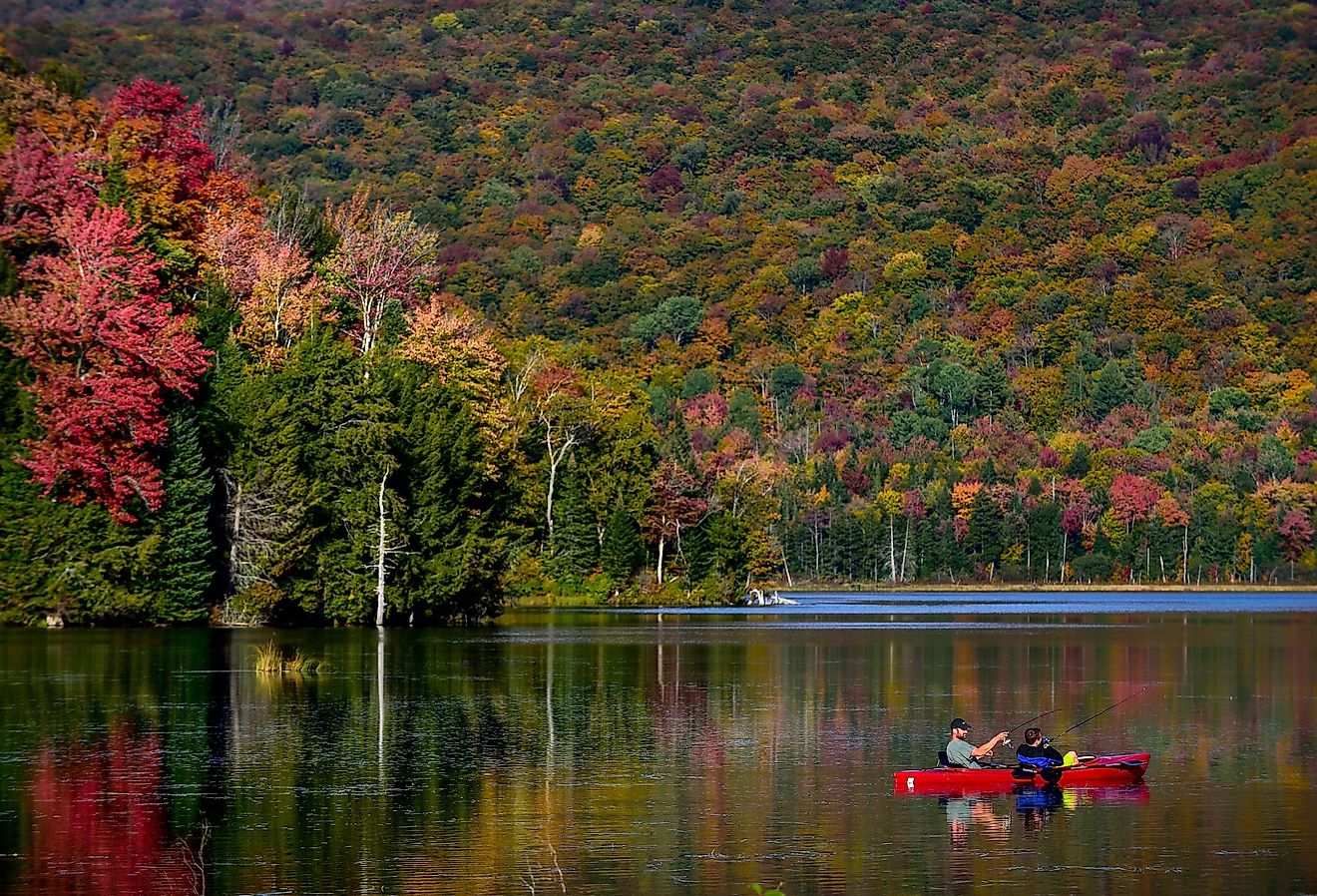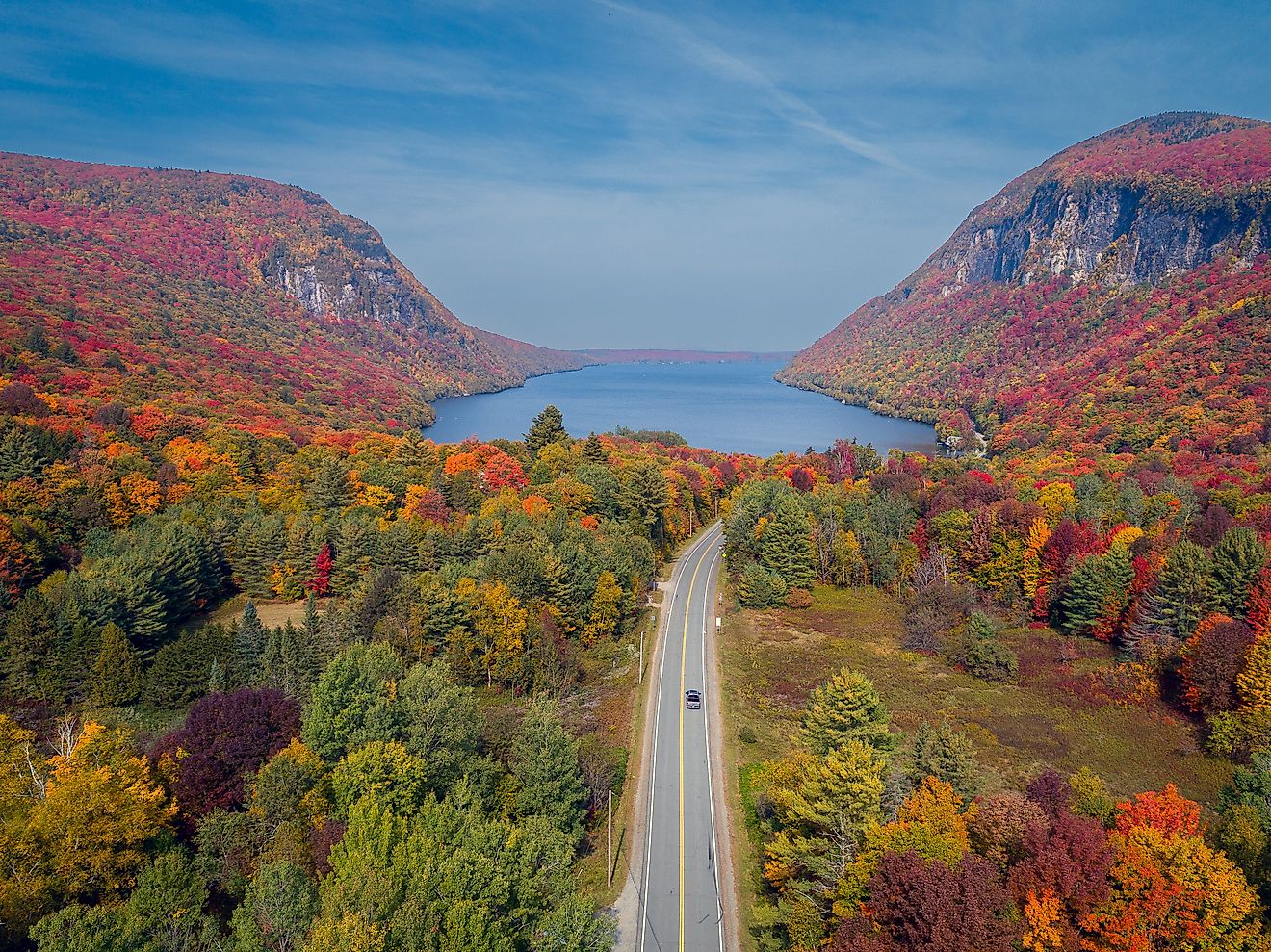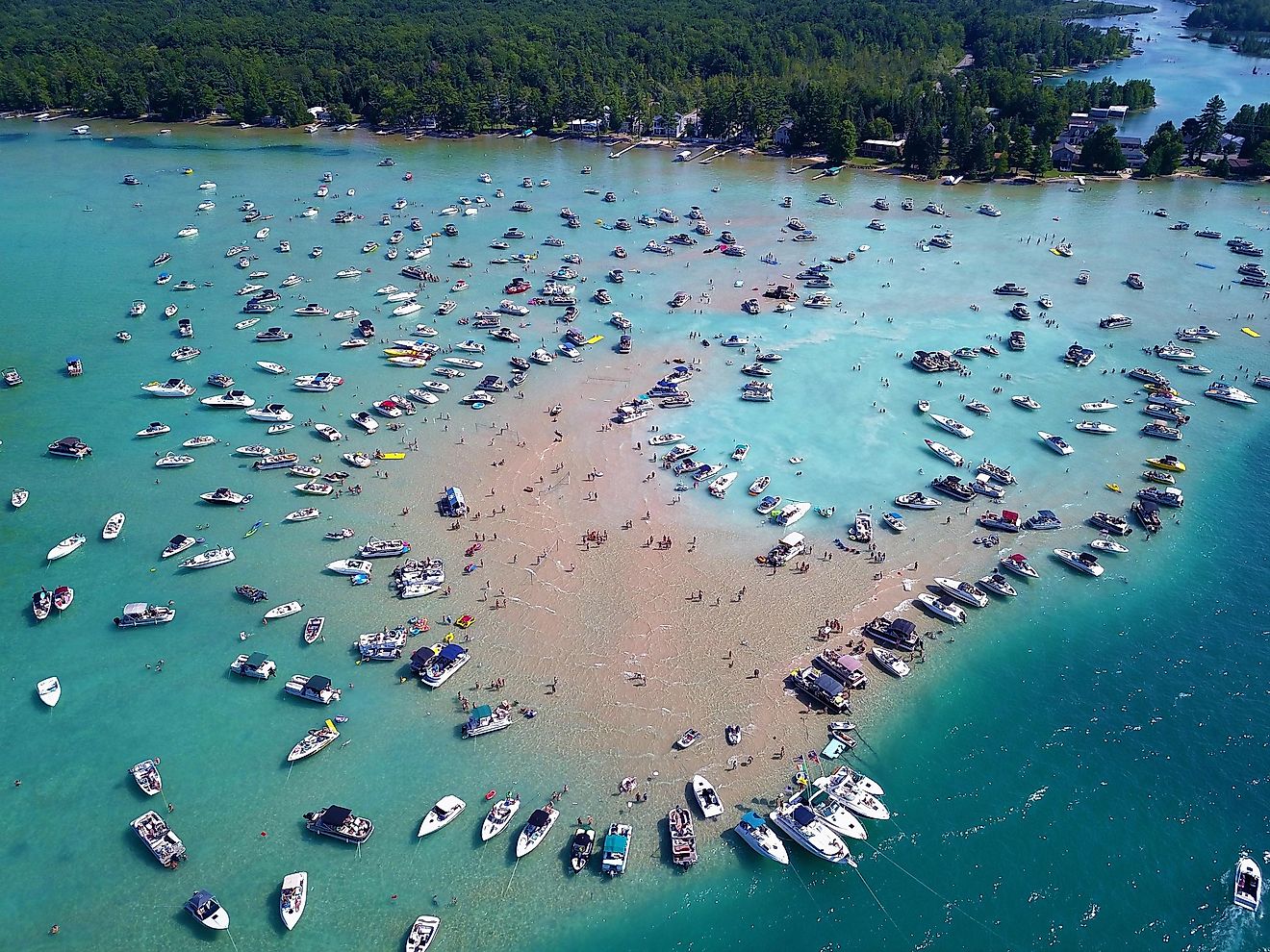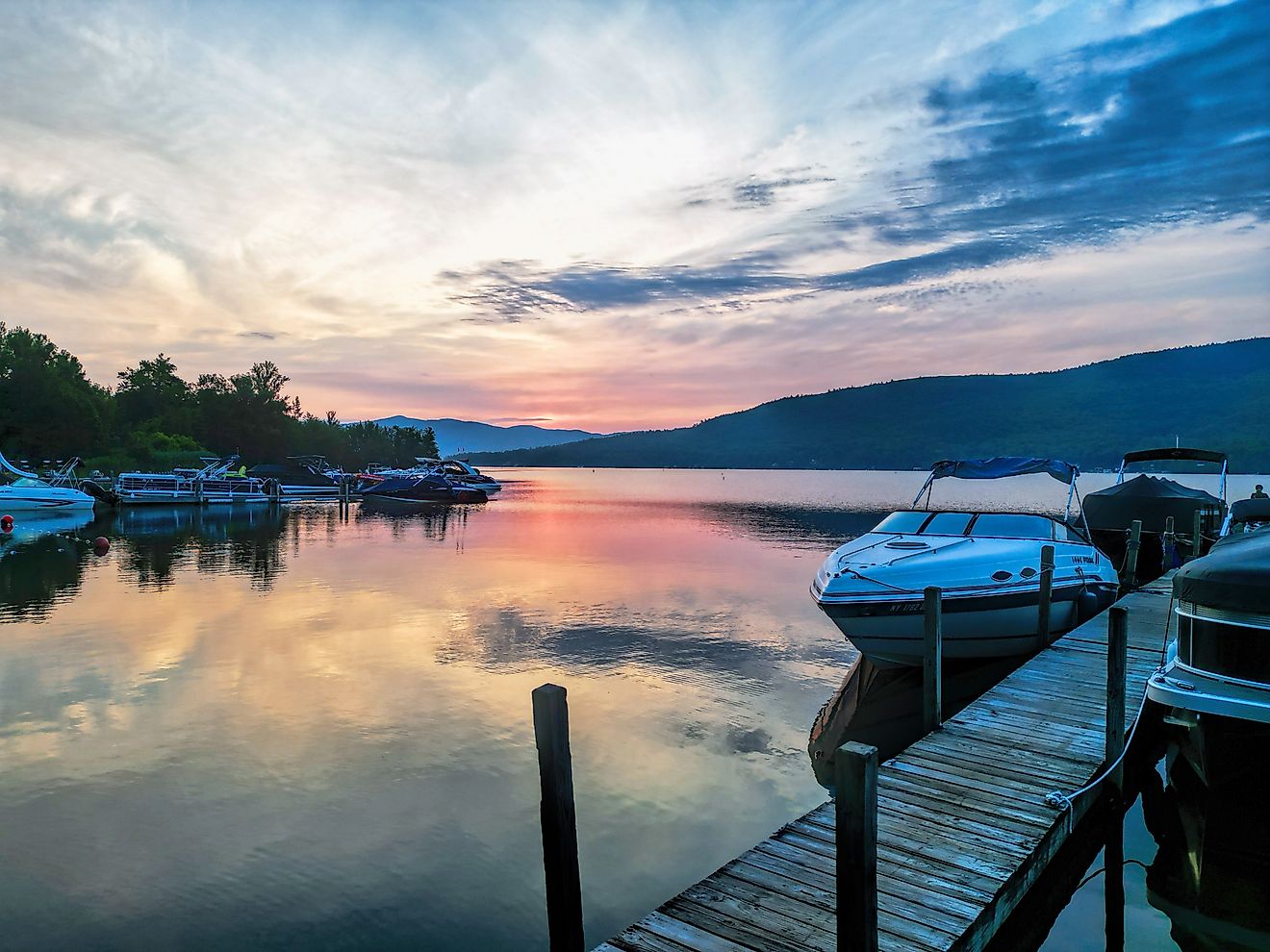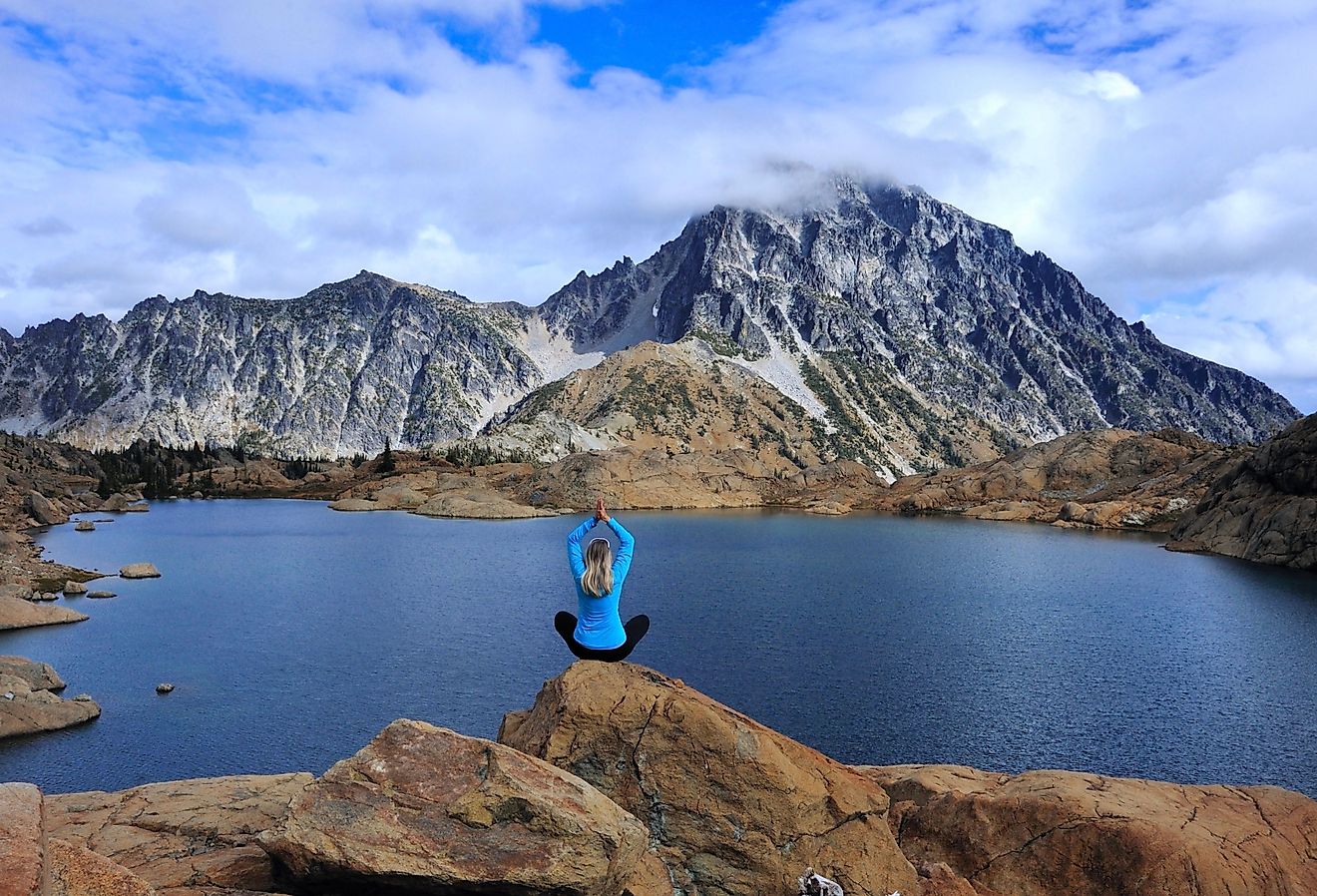
Elbe River
With its source in the Krkonoše Mountains in the Czech Republic and its mouth opening into the German side of the North Sea, the Elbe River embodies all that has shaped Central Europe over many centuries. Spanning well over 500 miles, this river is more than a water body; it is a historical, cultural, and economic lifeline that has nurtured civilizations, marked boundaries, provided a sanctuary for wildlife, and fostered economic growth in the regions it traverses.
Geography Of The Elbe River

The Elbe River, originating in the Krkonoše Mountains in the Czech Republic, stretches approximately 724 miles before reaching the North Sea near Cuxhaven, Germany. With a drainage basin covering an area of about 55,620 square miles, it is one of the most significant rivers in Central Europe.
The Elbe River traverses through two countries, the Czech Republic and Germany, impacting numerous towns and cities along its path. Beginning in the Czech Republic, the river first flows through the towns of Vrchlabí, Jaroměř, and Hradec Králové. It then proceeds toward the capital city of Prague, where it is joined by the Vltava River. After leaving Prague, the Elbe continues its journey through the towns of Mělník, Litoměřice, and Ústí nad Labem before crossing into Germany.

In Germany, the Elbe flows through several prominent cities and towns, including Dresden, Meissen, Torgau, Wittenberg, Dessau, and Magdeburg. As the river nears Hamburg, it widens considerably, creating an expansive tidal estuary known as the Lower Elbe. The river ultimately empties into the North Sea near Cuxhaven, where it forms the Elbe-Weser Triangle.
Along the Elbe River, there are several islands of varying sizes. The most notable among them are Wilhelmsburg Island in Hamburg and Lühesand Island near Lower Elbe. Wilhelmsburg, perhaps the most interesting, is situated between the Northern and Southern Elbe. It acts as a district of Hamburg and is Europe's largest river island. Lühesand, on the other hand, is a nature reserve with unique flora and fauna.
The Elbe River plays a significant role in shaping the geography of the regions it traverses. For instance, the Elbe Sandstone Mountains, which straddle the border between the Czech Republic and Germany, is a unique geological formation that the river has helped to carve. The Elbe also creates the Elbe River Valley, an expansive lowland area that is rich in alluvial soils and supports fertile agricultural lands.
History

In ancient history, the Elbe River was part of the natural border between Germanic tribes and the Roman Empire. However, settlements have existed and depended on the river since prehistory. Furthermore, the river served as an important trade route between Roman and Germanic regions over two thousand years ago. During this time, the river was known by the Latin name "Albis."
Throughout the Middle Ages, the Elbe River became a significant transportation artery for the movement of people and goods. Its importance grew as it connected the Baltic Sea to the interior of Europe, facilitating the establishment of the Hanseatic League, a confederation of merchant guilds and market towns in the 13th to 15th centuries. The river allowed the Hanseatic cities, such as Hamburg and Lübeck, to prosper and exert considerable influence over trade and politics in the region.
The Elbe River also played a role in the spread of Christianity throughout Central Europe. In the 9th and 10th centuries, the river acted as a corridor for Christian missionaries who traveled from the Germanic lands to the Slavic territories in the east. This cultural exchange led to the gradual Christianization of the region, and the Elbe served as a vital link between the Eastern and Western Christian worlds.
During the early modern period, the river became a contested territory in the devastating Thirty Years' War (1618-1648). The war, which pitted Catholic and Protestant states against one another, ravaged the regions along the Elbe, leading to significant loss of life and economic hardship. In the aftermath of the war, the river continued to serve as a vital trade route, facilitating the movement of goods and helping to rebuild the devastated towns and cities.
In more recent history, the Elbe River has played a pivotal role in the geopolitical landscape of Europe. Following World War II, the river served as part of the boundary between the Eastern Bloc and Western Europe. The Iron Curtain, which divided the continent into East and West, ran along the Elbe, separating the German Democratic Republic (East Germany) from the Federal Republic of Germany (West Germany). This division came to symbolize the broader political and ideological split between the communist and capitalist worlds.
The river also played a significant role during the Cold War, as it was a site for several attempts to escape from East to West Germany. The dramatic events that occurred along the riverbanks highlighted the human cost of the division of Europe. With the fall of the Berlin Wall in 1989 and the subsequent reunification of Germany, the Elbe River has once again become a symbol of unity, connecting the east and west of the country.
Economic Importance Of The Elbe River

The Elbe River plays a crucial role in the economy and industry of the regions it passes through. As one of the major waterways in Central Europe, it facilitates the transportation of goods and people, fostering trade and economic development. The river connects the North Sea with the industrial and agricultural regions in Germany and the Czech Republic. Major industries along the Elbe include manufacturing, agriculture, and tourism.
The Port of Hamburg, situated along the Elbe River, stands as one of the busiest and most important seaports in Europe. The port serves as a vital hub for international trade and has played a significant role in establishing Hamburg as a prosperous city. The Elbe's role as a navigable waterway is essential for moving goods between the North Sea and the hinterland, contributing to the economic growth of the cities and towns along the river.
Agriculture is another significant industry in the Elbe River region, as the fertile alluvial soils in the river valley support a variety of crops. Farmers cultivate wheat, barley, sugar beets, and potatoes, among other crops. Additionally, the river provides water for irrigation, which is essential for maintaining productivity in the agricultural sector.
Climate
The climate along the Elbe River varies depending on the location, with the river traversing different climatic zones as it flows from the Czech Republic to the North Sea. In the Czech Republic, the Elbe River passes through areas with a temperate continental climate characterized by warm summers and cold winters with moderate precipitation. As the river enters Germany, the climate transitions to a more maritime climate with milder winters and cooler summers. The coastal regions near the North Sea experience higher precipitation levels and more moderate temperature fluctuations.
Flora And Fauna Of The Elbe River

The Elbe River valley, with its alluvial soils and varied microclimates, provides suitable habitats for numerous plant species. Riparian forests, consisting of willow, alder, and poplar trees, can be found along the riverbanks. These forests serve as critical habitats for various bird species, such as kingfishers, herons, and black storks. Fascinatingly, even seals are commonly found in the Elbe.
The Elbe River also supports a wide range of fish species, including pike, perch, carp, and eel. The river is an essential habitat for the critically endangered European sturgeon, and numerous conservation efforts are in place to protect and restore its population. The river's wetlands and floodplains provide breeding grounds for amphibians, such as frogs, toads, and newts. Regarding conservation, the Elbe River is home to several protected natural areas, such as the Middle Elbe Biosphere Reserve and the Lower Saxon Elbe Valley, which aim to preserve the unique ecosystems along the river.
The course of the River Elbe, etching a path through the Czech Republic and Germany, has not only sculpted the physical landscape but also shaped the proud cultural and historical narratives of these regions. It is to the relief of all that the wars of humanity and the destruction of our modern industry have not hindered or halted the river altogether. However, it will take concentrated efforts to continue the preservation of its ecosystems and the quality of its waters for future generations.



